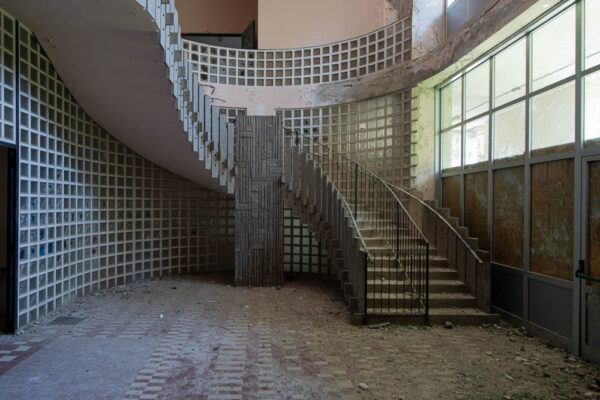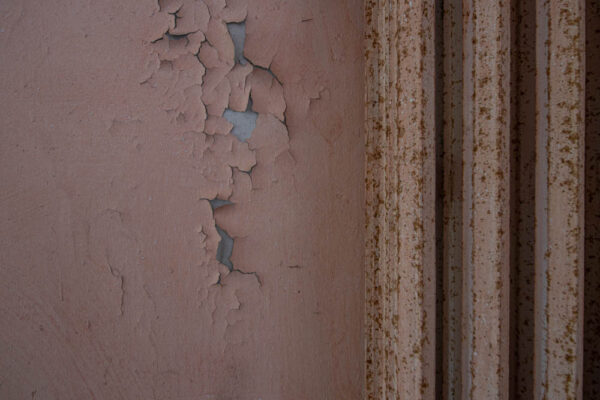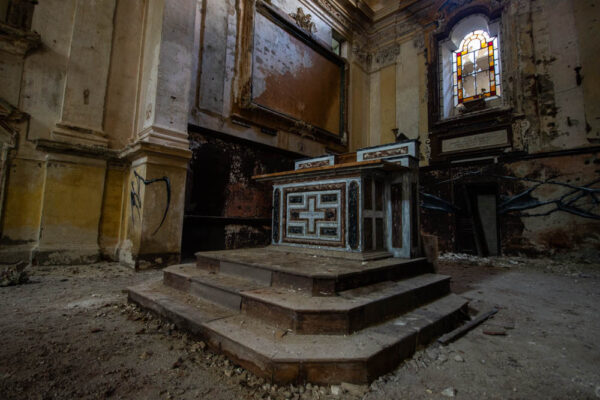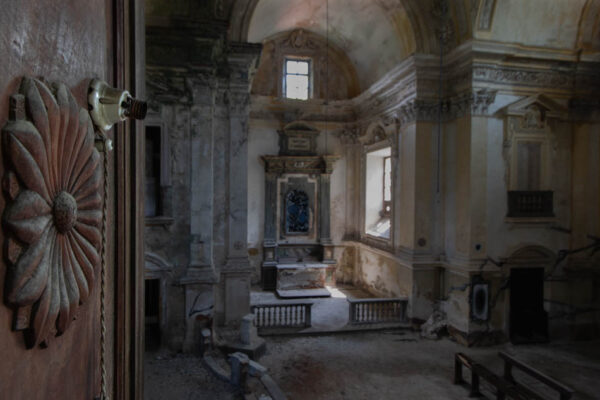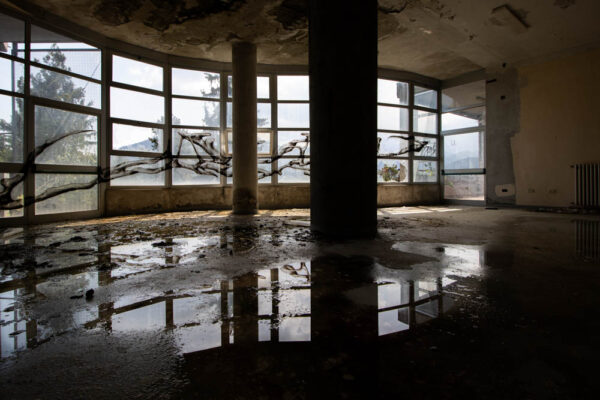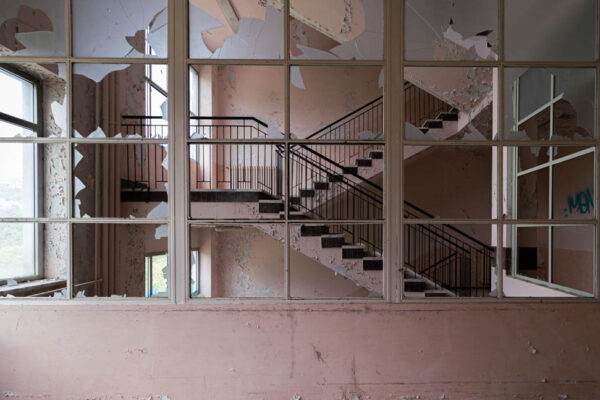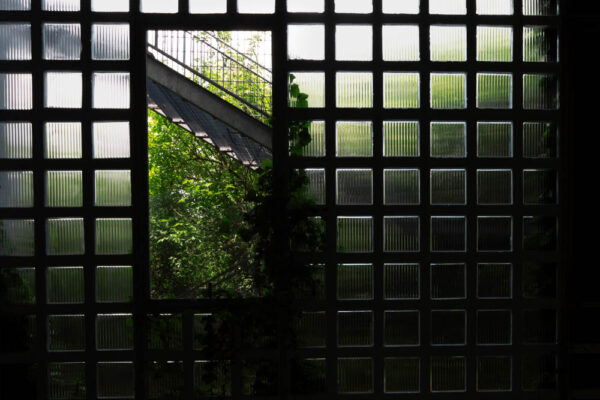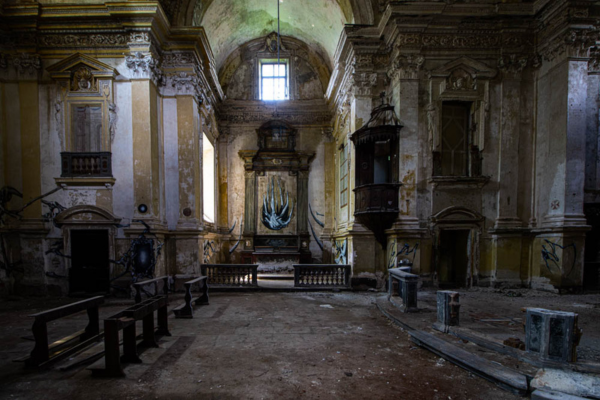Shrouded in an aura of mystery, the Hermitage of San Lanzo rises majestically on a hill, dominating the surrounding landscape with its silhouette.
The ruins of the hermitage immersed in a 17-hectare secular park, with their austere lines, blend harmoniously into the landscape, like a silent guardian watching over this enchanted place.
Even today, those who cross the threshold of this hermitage cannot help but feel enveloped in an aura of sacredness and mystery.
The adventure of the Hermitage of San Lanzo began in 1661, when Count Gaspare Graneri della Rocca di Ceres, a devotee of Camaldolese spirituality, commissioned engineer Francesco Lanfranchi to build this place of recollection.
Eager to promote contemplative life and offer the community a spiritual refuge, the count donated the hermitage and its vast grounds to the Camaldolese order in 1676. The monks, known for their strict rule of life and dedication to study and prayer, transformed the hermitage into a thriving religious and cultural center.
The days were marked by the rhythms of liturgy, the study of sacred texts and agricultural activities.
In the surrounding fields, the monks grew grains, vegetables and fruit, ensuring food self-sufficiency and offering the surplus to the community.
The architecture of the hermitage, sober and elegant, reflected the values of simplicity and austerity characteristic of the Camaldolese order.


